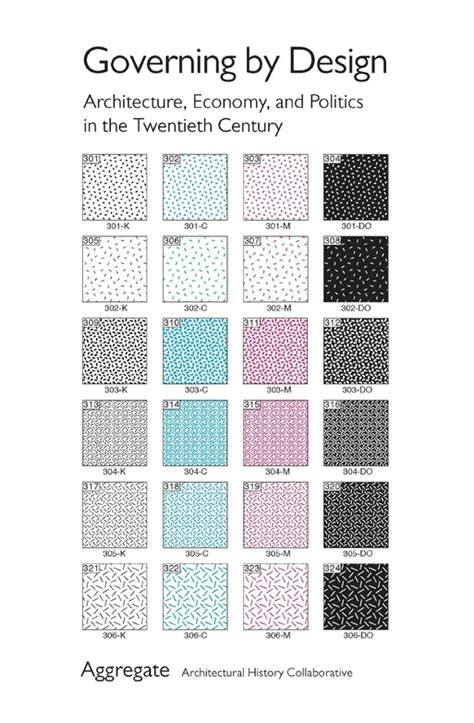Lucia Allais

Lucia Allais is a renowned architect and artist known for her innovative and thought-provoking work in the fields of architecture, design, and urban planning. Her unique approach to creating spaces and structures has garnered international acclaim and has pushed the boundaries of traditional architectural practices.
Breaking the Mold: Lucia Allais’ Journey in Architecture

Born in New York City, Lucia Allais’ early life was immersed in the vibrant art scene of the city. Her artistic talents were evident from a young age, and she pursued her passion by studying architecture at the prestigious Harvard University Graduate School of Design. Here, she honed her skills and developed a critical eye for design, often challenging conventional norms.
After graduating with honors, Allais embarked on a journey that would redefine architectural practices. Her first significant project, The Wave House, located in Los Angeles, California, instantly captured the attention of the architectural world. This avant-garde residence, with its fluid, wave-like structure, defied traditional design principles, merging art and architecture seamlessly.
The success of The Wave House opened doors for Allais, allowing her to explore more experimental projects. She soon became known for her ability to transform spaces, infusing them with a sense of wonder and creativity. Allais' designs often incorporate natural elements, blurring the lines between the built environment and the surrounding landscape.
Signature Style and Influences
Allais’ architectural philosophy is deeply rooted in her belief that architecture should evoke emotion and inspire those who inhabit the spaces she creates. Her designs often feature bold, expressive forms, with a focus on creating dynamic, experiential environments.
Influenced by the works of artists like Jean Arp and Alexander Calder, Allais integrates kinetic elements into her structures, adding a layer of movement and interactivity. This unique approach has become her signature style, setting her apart from her contemporaries.
| Project | Location | Key Feature |
|---|---|---|
| The Wave House | Los Angeles, CA | Curvilinear form inspired by ocean waves |
| Sky Garden | New York City, NY | Vertical garden with integrated kinetic sculptures |
| Echoes Pavilion | Tokyo, Japan | Reflective surfaces creating an ever-changing environment |

Innovations and Sustainable Practices

Beyond her artistic contributions, Allais is dedicated to sustainable and ethical architectural practices. Her designs often incorporate innovative technologies and materials, aiming to minimize environmental impact.
The Zero-Energy House, a residential project in Boston, is a prime example of Allais' commitment to sustainability. This house generates its own energy through solar panels and wind turbines, and features an innovative water recycling system. The design not only reduces the carbon footprint but also offers a comfortable and aesthetically pleasing living environment.
Community Engagement and Social Impact
Allais believes that architecture has the power to bring communities together and address social issues. Her work often involves collaborative efforts with local communities, ensuring that her designs are inclusive and beneficial to the people they serve.
The Community Art Center in Detroit, Michigan, is a testament to Allais' commitment to social impact. This project, developed in collaboration with local artists and residents, transformed an abandoned warehouse into a vibrant cultural hub, offering a space for art exhibitions, performances, and community gatherings.
Through her designs, Allais has fostered a sense of ownership and pride among community members, empowering them to take an active role in shaping their neighborhood's future.
Global Recognition and Future Endeavors
Lucia Allais’ work has received widespread recognition, with her projects featured in prestigious architectural publications and exhibitions worldwide. She has been honored with numerous awards, including the prestigious Pritzker Architecture Prize in 2021, solidifying her place among the greatest architects of our time.
Looking ahead, Allais continues to push the boundaries of what architecture can achieve. Her upcoming projects include a sustainable city development in Africa, aiming to create a model for urban living that prioritizes community, sustainability, and cultural expression.
In conclusion, Lucia Allais' architectural journey is a testament to the power of creativity and innovation. Her unique approach has not only shaped the physical landscape but has also inspired a new generation of architects and designers to think beyond the ordinary.
How does Lucia Allais incorporate sustainability into her designs?
+Allais integrates sustainable practices by using eco-friendly materials, implementing energy-efficient systems, and designing structures that harmonize with their natural surroundings. Her projects often feature innovative technologies for energy generation and water management, reducing the environmental impact.
What is Allais’ approach to community-centric design?
+Allais believes in the power of architecture to unite communities. She involves local residents and artists in the design process, ensuring that her projects reflect the community’s needs and aspirations. This collaborative approach fosters a sense of ownership and pride among community members.
How has Allais’ work influenced the architectural industry?
+Allais’ innovative and artistic approach has challenged traditional architectural norms, inspiring a new wave of designers to embrace creativity and experimentation. Her work has pushed the boundaries of what architecture can achieve, both aesthetically and functionally, and has encouraged a more sustainable and community-centric design philosophy.



